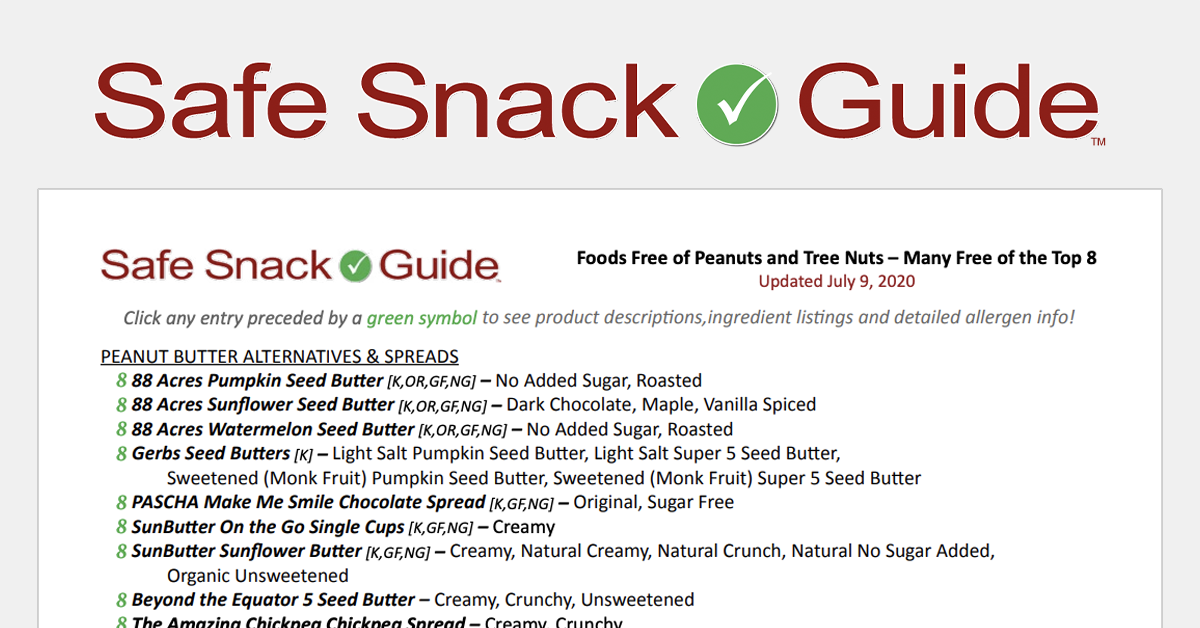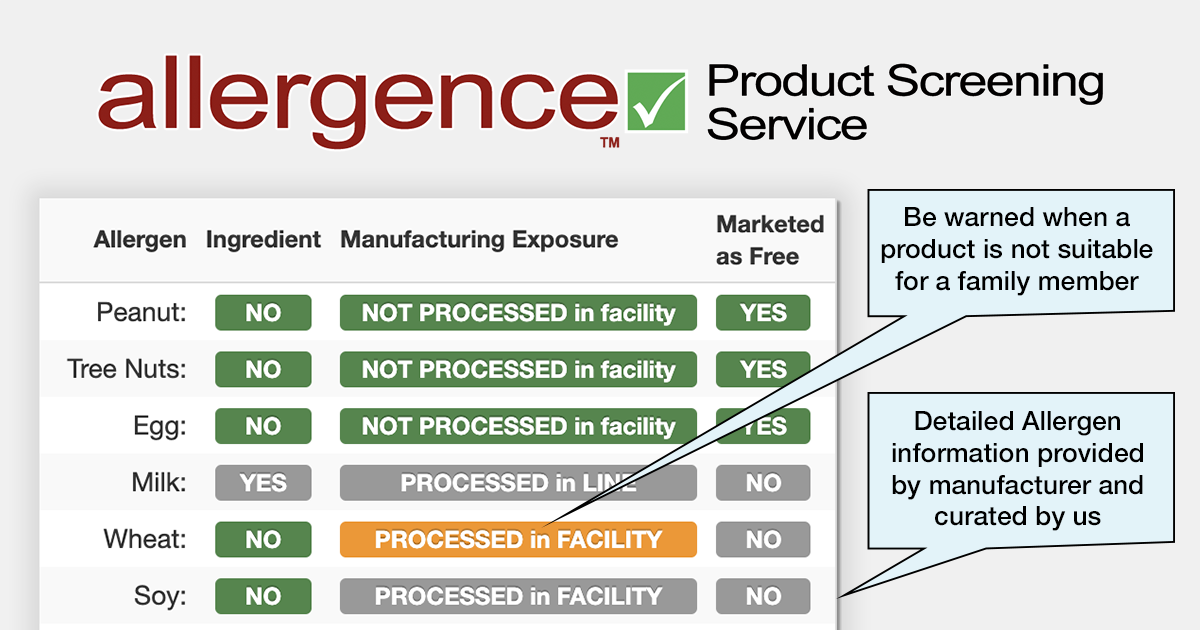For parents of children with serious food allergies, the prospect of summer camp can be a significant source of stress. A new study from UVA Health, however, offers a solution by identifying the most cost-effective method for camps to keep these children safe from severe allergic reactions. The research indicates that for most camps, the best and safest strategy with the lowest overall cost is to maintain a stock supply of epinephrine, rather than depending on campers to provide their own.
The lead researcher of the study emphasized the life-saving importance of having epinephrine readily available, distinguishing the camp environment from other settings. “Stock, unassigned epinephrine in schools is well studied. Residential summer camp is different from the school setting in a lot of ways, but we found that, for most camps, having a supply of stock epinephrine is likely beneficial,” stated Kathleen A Noorbakhsh, MD, MS, a pediatric emergency-medicine expert at UVA Health. “Anaphylaxis is a life-threatening emergency, and rapid administration of epinephrine is the best treatment for it. We know that when kids with anaphylaxis receive epinephrine early, they have better outcomes than when it is delayed.”
The need for such a strategy is underscored by national statistics. Each year, more than 20 million American children head to summer camp, with up to 15% of them having a known food allergy. Despite the potential for a life-threatening reaction, only 40% of these campers with diagnosed allergies bring their own epinephrine autoinjectors, highlighting a critical gap in preparedness that the research aimed to address.
To find a solution, the scientists evaluated several different approaches. They considered scenarios where camps would stock autoinjectors or nasal sprays, employ nurses to administer epinephrine via syringe, or maintain the status quo of campers bringing their own devices. Using a hypothetical cohort of 10,000 children, the researchers analyzed the costs and benefits of each option for all parties involved, including the camps, families, and insurance providers.
The study concluded that for most residential camps, the most cost-effective solution is to stock two twin packs of epinephrine autoinjectors and have campers leave their personal injectors at home. This strategy was calculated to have an overall cost of about $4.33 per camper and is most effective for large camps or those with high numbers of allergic children. The researchers noted that there are viable alternatives for different circumstances.
For camps unable to afford stocking autoinjectors, “stocking a supply of epinephrine in some form while still allowing children to bring autoinjectors may be the most ‘economically favorable’ policy,” the researchers report. Conversely, for smaller camps with fewer than 100 children or very low allergy rates, having campers continue to bring their own autoinjectors could remain the most cost-effective choice.
While there is no single solution that is perfect for every camp, the researchers hope their findings provide a useful framework for improving safety. Noorbakhsh hopes the analysis will encourage more camps to be prepared. “I would love to see more camps stocking epinephrine in a way that suits their specific camp environment and families advocating for that,” she said. “Summer is a lot more fun when you are prepared.”
Here is a CBS News report discussing the study with Dr Noorbakhsh:

- Food Allergies at Summer Camp: The Cost-Effective Solution to Keep Kids Safe — University of Virginia School of Medicine
- Cost-Effectiveness Analysis of Undesignated Stock Epinephrine for Anaphylaxis in US Summer Camps — American Academy of Pediatrics
- Allergies at camp — CBS19-TV





